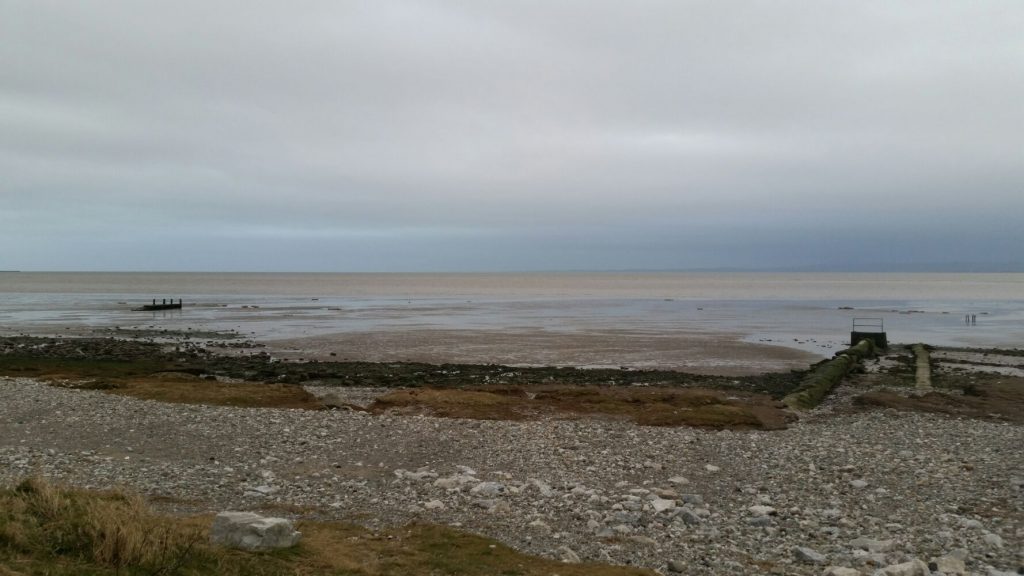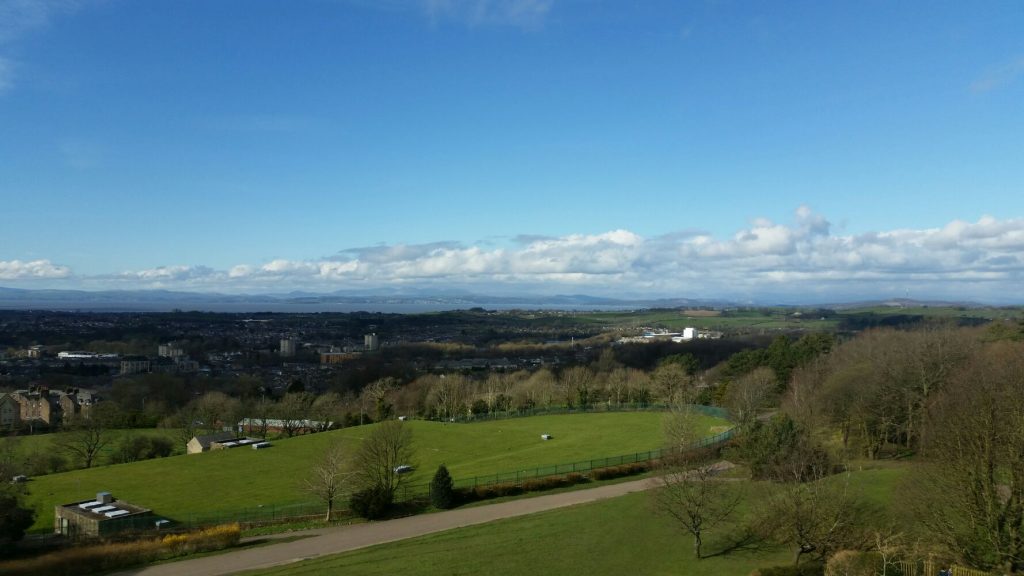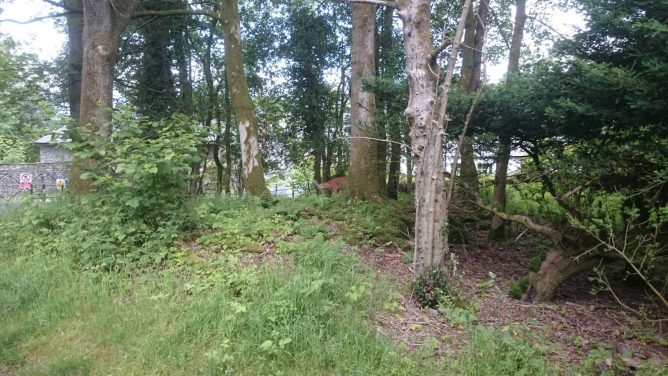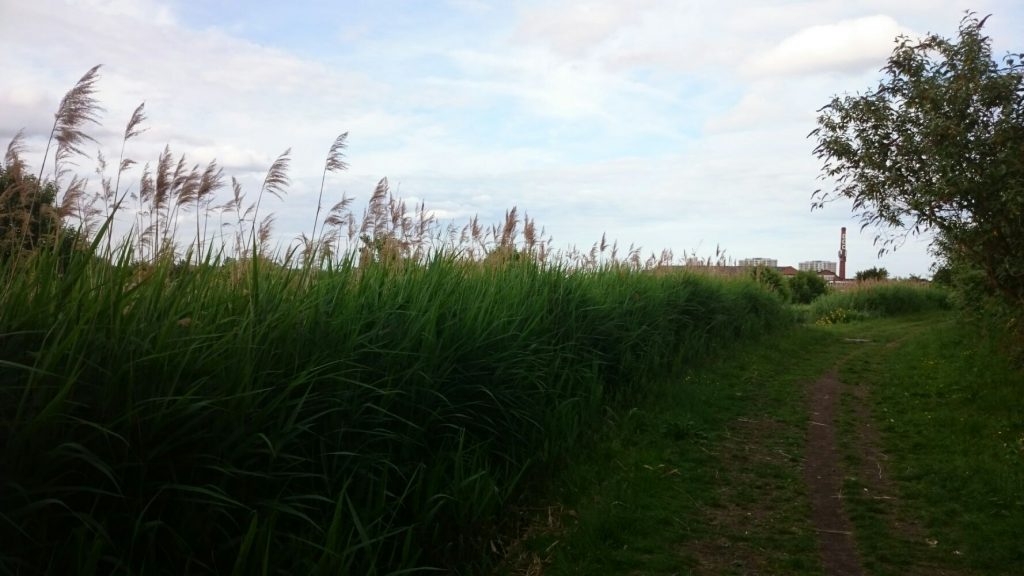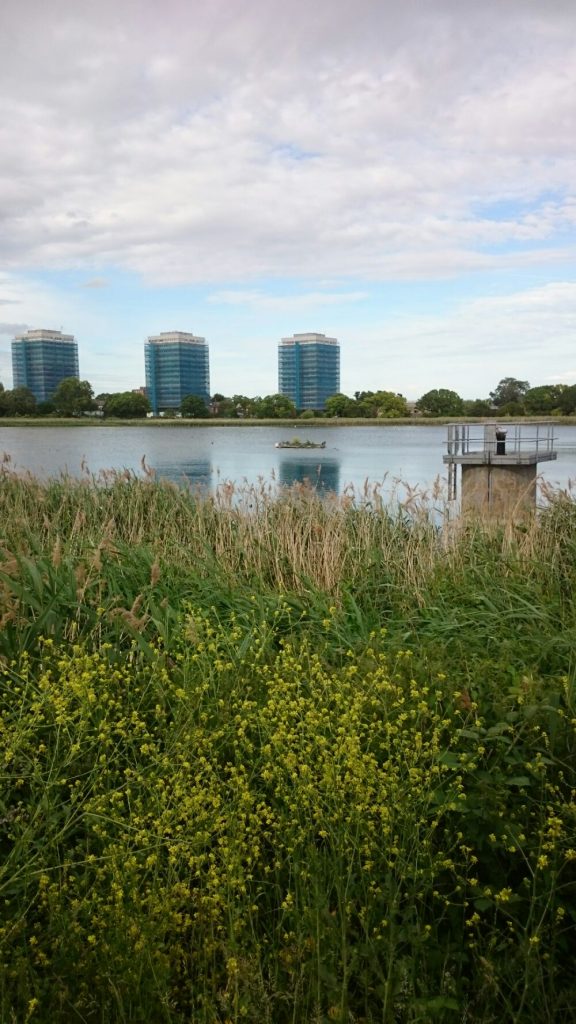Category: nature
Feels like Spring is *almost* here! Thank fuck. Think I was starting to get SAD.
They fizzled out unfortunately, like a lot of sustainability activity during the 80s and 90s, but might be ripe for revisiting.
One line stuck out, describing the lifestyle: ‘it almost looks like a parody’. Funny how happy, healthy living has become that…
This time I did one big walk, hiking from Skelwith up to Swirl How in the Coniston set of fells. It’s 2630 feet high, just 3 feet shorter than the Old Man of Coniston. The walk there and back took about 7 hours.
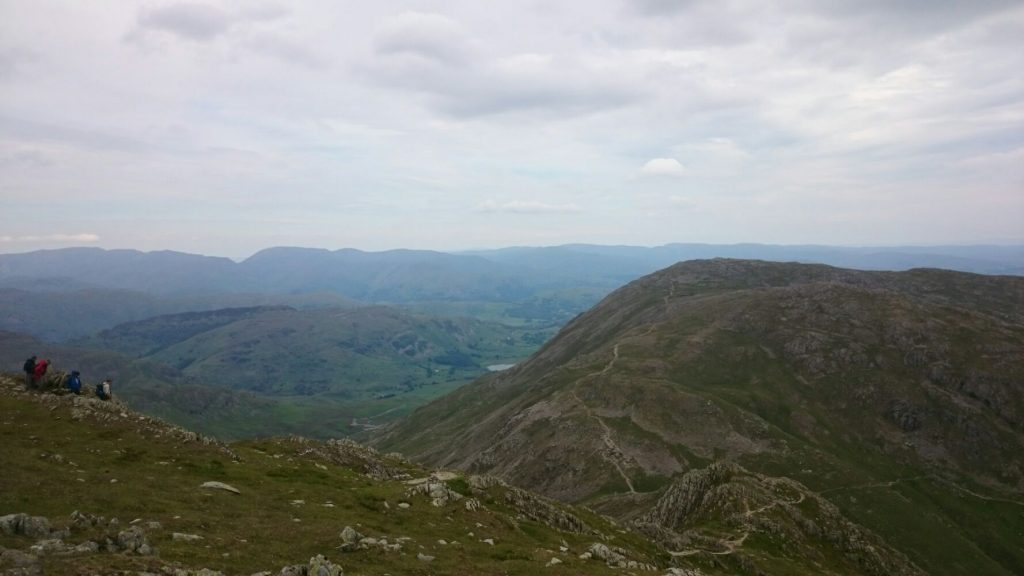
One of my favourite views that I’ve come across in the Lakes is en route to Little Langdale, looking through the Blea Tarn pass towards the Langdale Pikes. This is a set of peaks rising from the Langdale Valley. They have great names like Pike O’Blisco, Harrison Stickle, Sergeant Man, Pavey Ark, etc.
(Question: If you cross a stream near Harrison Stickle, is it a Harrison Ford? Answer: yes. yes it is.)
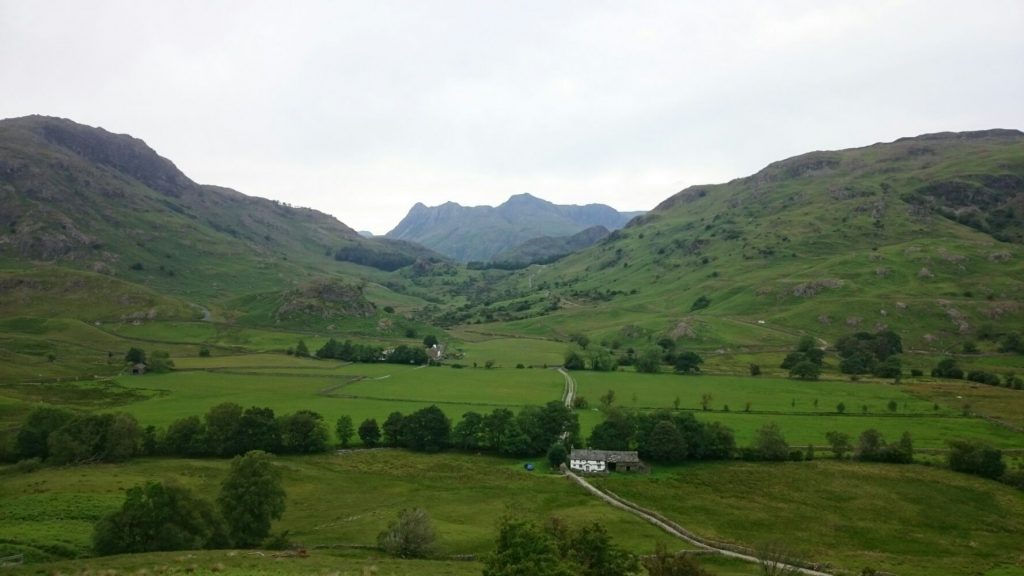
We did a couple of shorter walks too. One up the excellently named Iron Keld, leading towards Black Crag. The signpost on the way is great – you have a choice of paths leading to either “Sunny Brow”, or “Iron Keld” and “Black Crag”. It feels a bit like choosing between Hobbiton and Mordor. But for reference, Iron Keld is much more fun than Sunny Brow – it’s an old pine plantation.
The other short walk was up Loughrigg Fell, which joins Skelwith Bridge and Ambleside. It’s a low fell but a beauty. When you get near the top it is has lots of gentle undulations, lots of little paths to explore, and some great panoramic views – down towards Ambleside, over to Windermere, great views of Grasmere and Rydal Water. This time of year it is covered in ferns and looks a little bit like Tellytubby Land in my opinion.
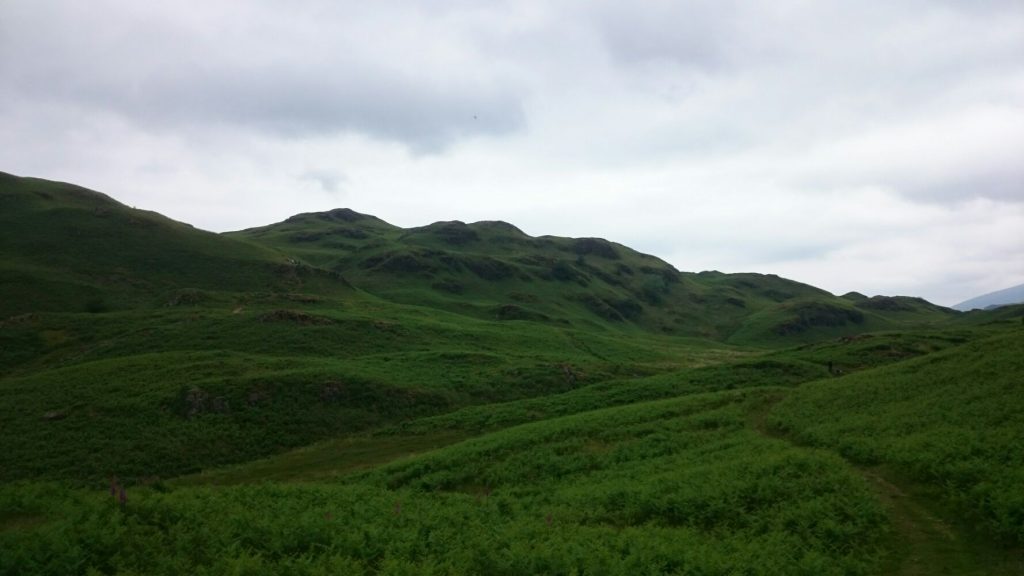
Loughrigg Tarn is a total beauty spot. An idyllic smallish tarn on the south side of Loughrigg. A good spot for taking a dog for a swim and looking over towards the Langdale Pikes from a different angle. You get a good view down to it from the top of Loughrigg.
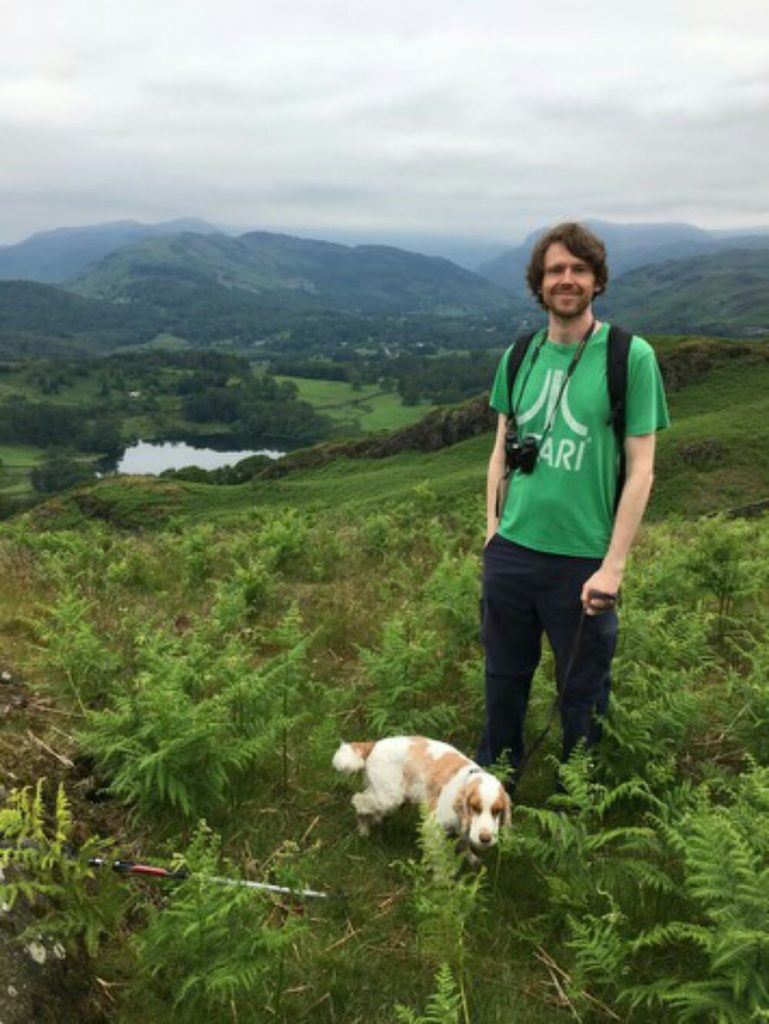
I can highly recommend a trip to the Lakes.
When the focus is on practices, the so-called “value-action gap” can no longer be interpreted as evidence of individual ethical shortcomings or individual inertia. Rather, the gap between people’s attitudes and their “behaviour” is due to systemic issues: individuals live in a society that makes many pro-environmental arrangements rather unlikely.

